Recycling for Refunds Eligibility Requirements
In order to offer you the best refund for your old catalytic converter, MagnaFlow’s Recycling for Refunds program is valid ONLY for qualifying OEM catalytic converters. OEM stands for “Original Equipment Manufacturer,” which means it is the part that came with your car from the factory or was replaced with by the vehicle’s manufacturer.
Additionally, your converter must be fully intact, with the ceramic “brick” remaining inside the metal body and without any large pieces missing or crumbling. Normal wear and tear is acceptable, but parts damaged beyond recoverability will not qualify for a refund. Parts that are damaged but still recyclable will qualify for the program, but these parts may not receive the full, quoted refund amount.
How do I know if my converter is OEM?
The best way to determine your converter is OEM is by knowing your vehicle’s history. If you are the first owner of your vehicle and you have never replaced the catalytic converter before -- it’s an OEM part.
Unfortunately, sometimes a vehicle’s maintenance record may be lost, or you may have purchased your vehicle from another owner. While there aren’t any strict rules that govern the identification of these parts, below are some tips to help identify OEM catalytic converters.
1.) The brand of the vehicle may be stamped on the converter
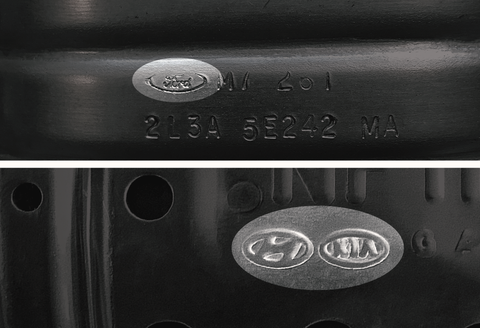
2.) A long multi-digit code may be etched on the side of the converter
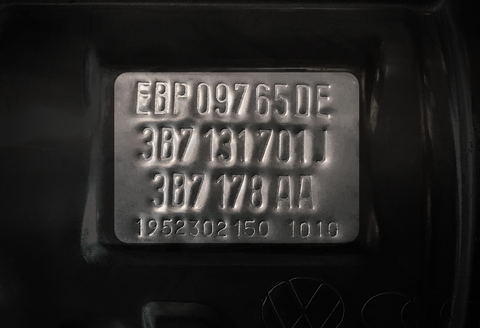
Signs my converter is aftermarket
Aftermarket converters come in all shapes in sizes and can look very similar to their OEM counterparts, but here are a few tips that you can use to identify them:
1.) The word “FLOW” is written on the converter next to an arrow indicating direction
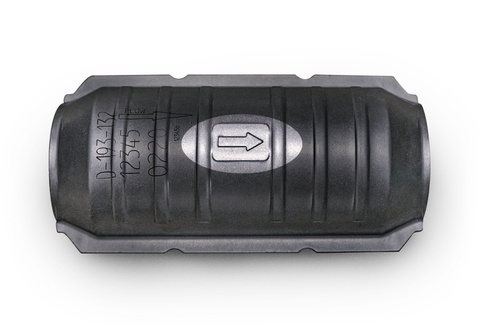
2.) Date of Manufacture is stamped on the converter (e.g. 02/06, etc.)
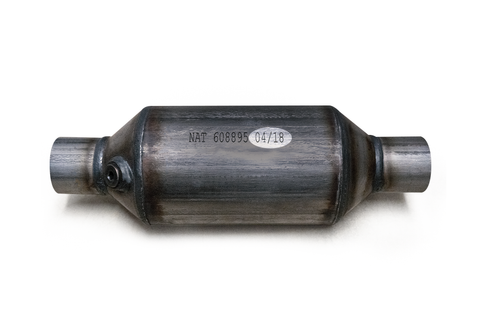
3.) Noticeable, rough welds, or clear differences in color between the catalytic converter and surrounding components -- indicating replacement.
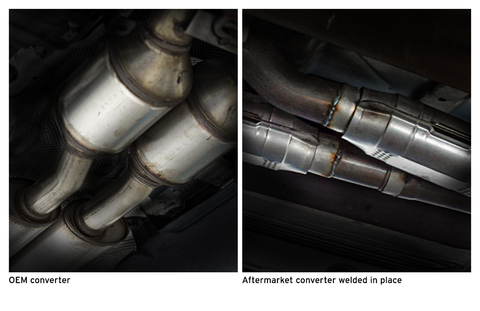
Signs my converter is in good, recyclable condition
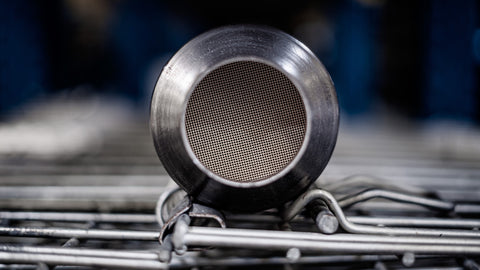
The condition of your converter is essential to offering you the best refund. As shown above, the ceramic brick must remain inside the metal shell of the converter. The ceramic core will be completely intact, and you should be able to easily see light through the honeycomb structure from one end to another. Some wear and tear is to be expected.
Note: Some customers may choose to return their parts with both ends of the tubing immediately surrounding their converter still attached. This is perfectly fine! However, our inspection team will be required to determine the condition of your ceramic brick prior to recycling and issuing you a refund. All rules below apply.
Signs my converter is in poor condition
If your converter exhibits any of the following, you may receive less than the quoted refund amount. Final evaluation of your returned converter is at the discretion of our inspection team, and some severely damaged parts may be completely disqualified. See below examples of converter damage:
- Ceramic brick is crumbling or damaged:
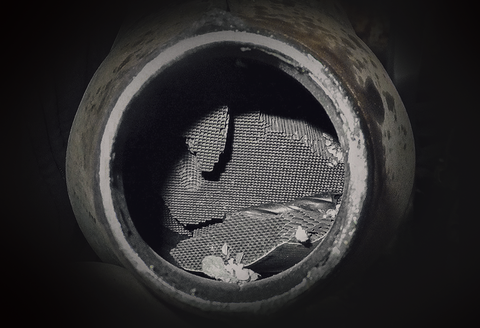
- Converter body is cut open:
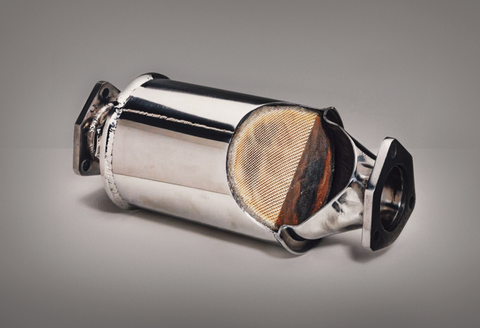
- Ceramic brick is missing
- Ceramic brick is removed from the metal body
- Note: The metal body is used to identify the catalytic converter. If you remove your ceramic from the metal housing, we can no longer identify your part and give you a refund.
Disclaimer: The above guide is NOT a strict set of rules governing catalytic converter design, manufacturing codes, and conditions. This list only exists to assist in identifying good condition OEM and aftermarket catalytic converters. Converters come in all shapes and sizes, and we cannot reasonably address all exceptions in the guidelines above. If you are still unsure if the converter you are trying to recycle will qualify, please contact us.
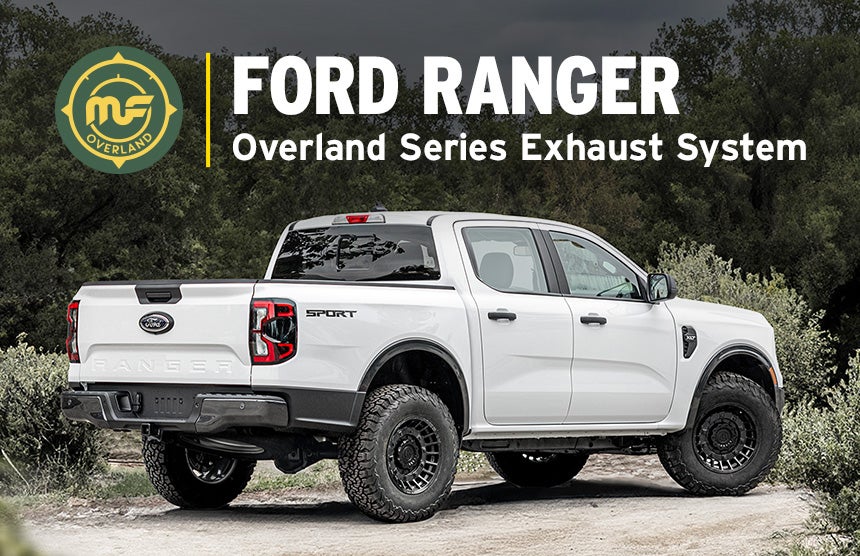

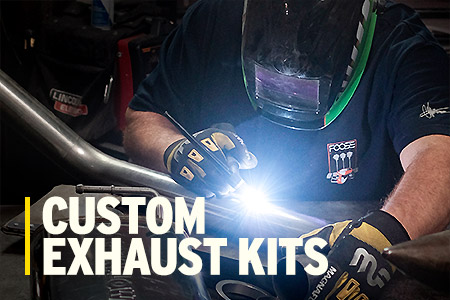
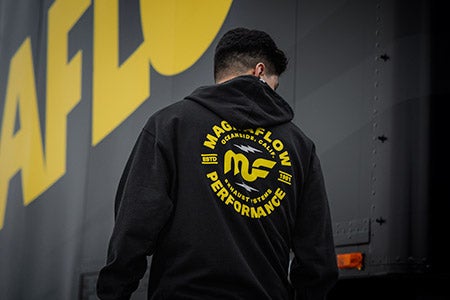

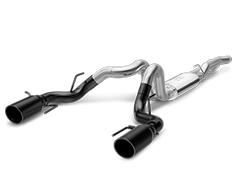
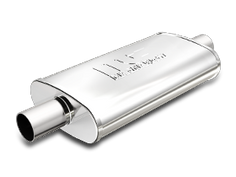
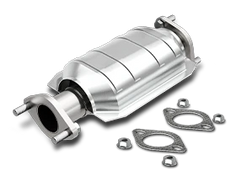
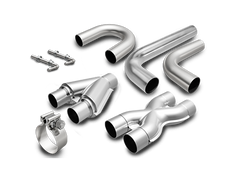
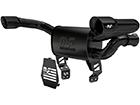
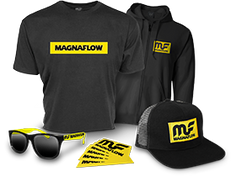




Comments